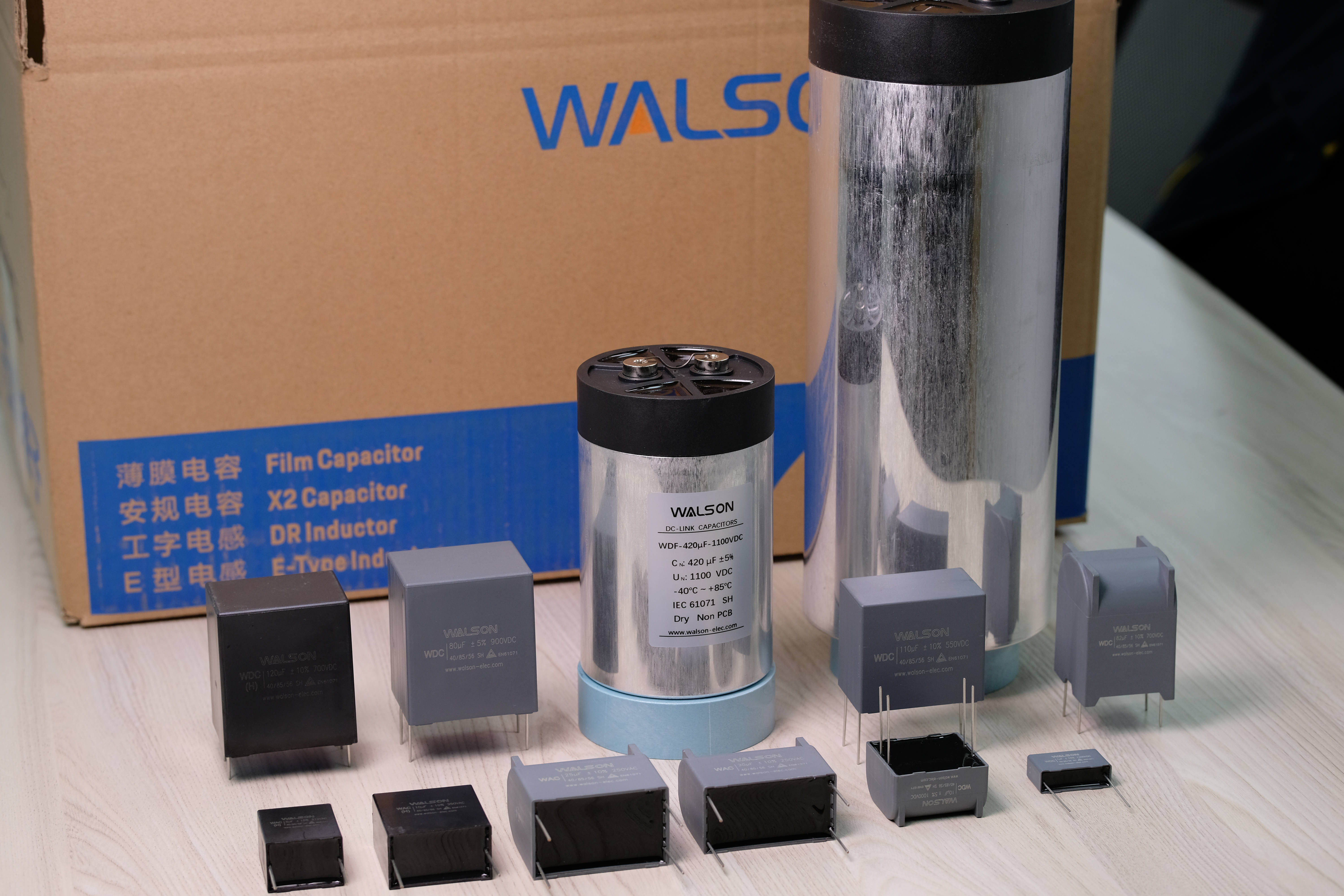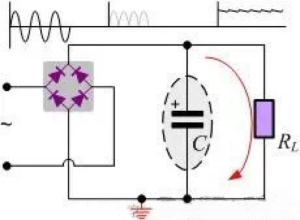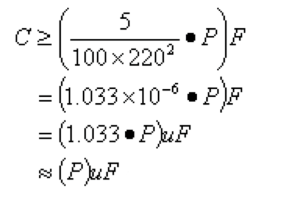- Home
- Products
- Applications
- Capacitors for Household Appliances
- Capacitors for Power Supply
- Capacitors for LED Lighting
- Capacitors for Mobile And DSL Appliances
- Capacitors for Automotive& Vehicles
- Capacitors for Photovoltaic Inverters
- Capacitors for Wind Power Plants
- Capacitors for Renewable Energy Systems
- Capacitors for Induction Heating
- Capacitors for Medical Equipments
- Capacitors for Industrial Control
- Capacitors for Power Electric
- Capacitors for Rail Transit
- Capacitors for Smart Grid
- Capacitors for University & Research Instituite (High Energy Physics)
- About Us
- News
- Contact Us
-
- Capacitors for Household Appliances
- Capacitors for Power Supply
- Capacitors for LED Lighting
- Capacitors for Mobile And DSL Appliances
- Capacitors for Automotive& Vehicles
- Capacitors for Photovoltaic Inverters
- Capacitors for Wind Power Plants
- Capacitors for Renewable Energy Systems
- Capacitors for Induction Heating
- Capacitors for Medical Equipments
- Capacitors for Industrial Control
- Capacitors for Power Electric
- Capacitors for Rail Transit
- Capacitors for Smart Grid
- Capacitors for University & Research Instituite (High Energy Physics)
Web Menu
- Home
- Products
- Applications
- Capacitors for Household Appliances
- Capacitors for Power Supply
- Capacitors for LED Lighting
- Capacitors for Mobile And DSL Appliances
- Capacitors for Automotive& Vehicles
- Capacitors for Photovoltaic Inverters
- Capacitors for Wind Power Plants
- Capacitors for Renewable Energy Systems
- Capacitors for Induction Heating
- Capacitors for Medical Equipments
- Capacitors for Industrial Control
- Capacitors for Power Electric
- Capacitors for Rail Transit
- Capacitors for Smart Grid
- Capacitors for University & Research Instituite (High Energy Physics)
- About Us
- News
- Contact Us
Product Search
Exit Menu
How to calculate the filter capacitor capacitance?

How to calculate the filter capacitor capacitance?
When the motor driver is designed to use an AC power supply, the designed circuit needs to rectify the AC power supply and then filter, to produce a DC power supply for the motor drive circuit. The selection of a filter capacitor in the circuit needs to consider several aspects: capacitor voltage, working temperature, capacity, and so on.
R×C≥5T
R is equivalent load resistance; C is the filter capacitance.



U is the input voltage of the motor driver, and the unit is (V);
P is the motor drive power, in (W);
RL is the equivalent load resistance of the motor driver, in Ω.
Combine the above types:

Using frequency f instead of period T, the calculation formula of filter capacitance can be obtained as follows:

P is the rated output power of the motor driver, in unit (W), such as P=750W;
U is the effective value of the rated input AC voltage of the motor driver, and the unit is (V), such as domestic power U=220V (AC);
f is the frequency of the pulsating power supply after rectification, the unit is (Hz), such as single-phase power after full wave rectification, f=100Hz;
C is the capacitive capacity of the driver input filter, in unit (F).
For Example
Suppose that the driver we design uses a single-phase power supply from the mains, and the circuit design is full wave rectification, we can get: U = 220V; f=100Hz
Back into the calculation formula:


I.e. if your drive requires 300W of power, then the filter capacitance value is 1200uF.

 简体中文
简体中文 English
English Español
Español




